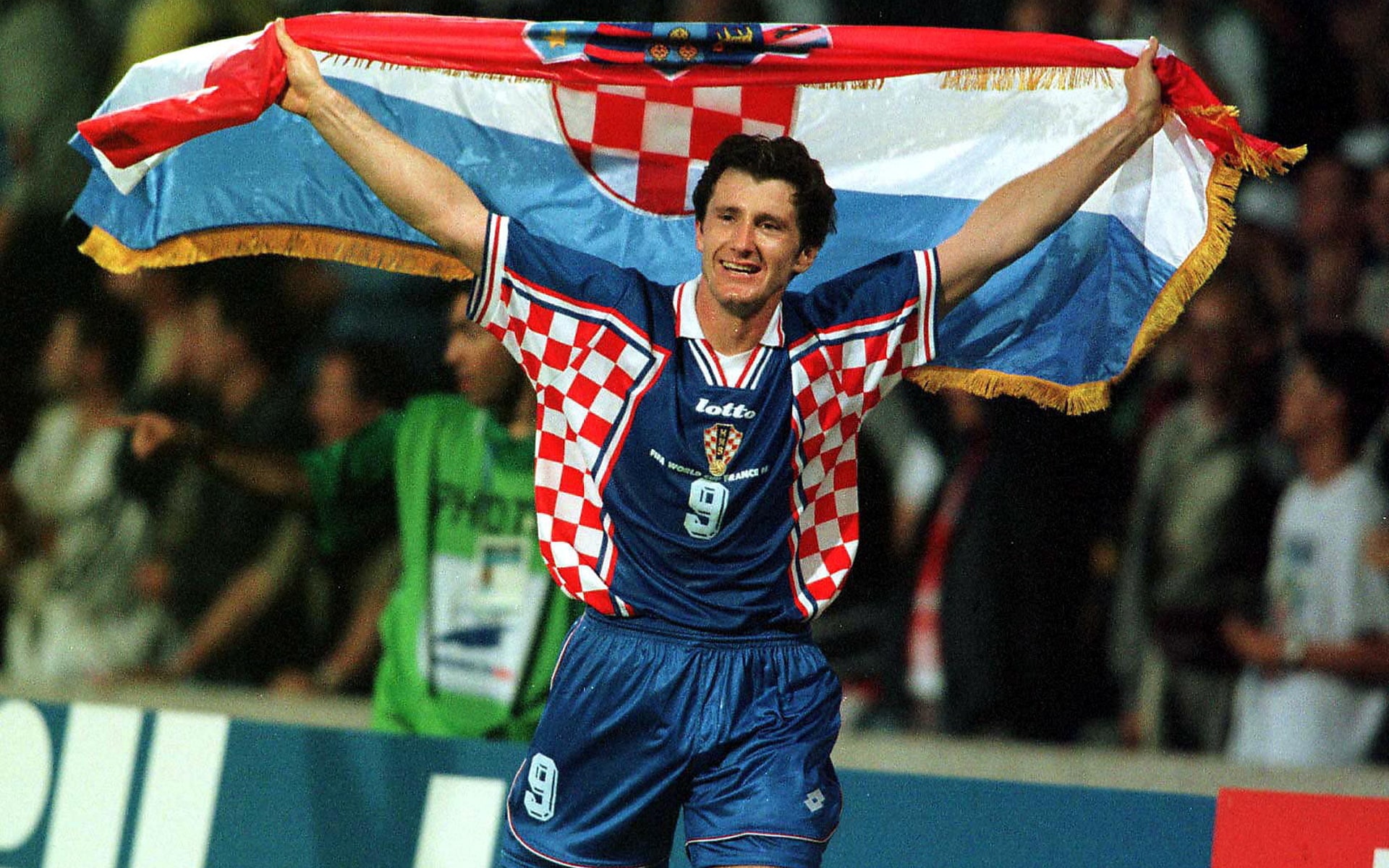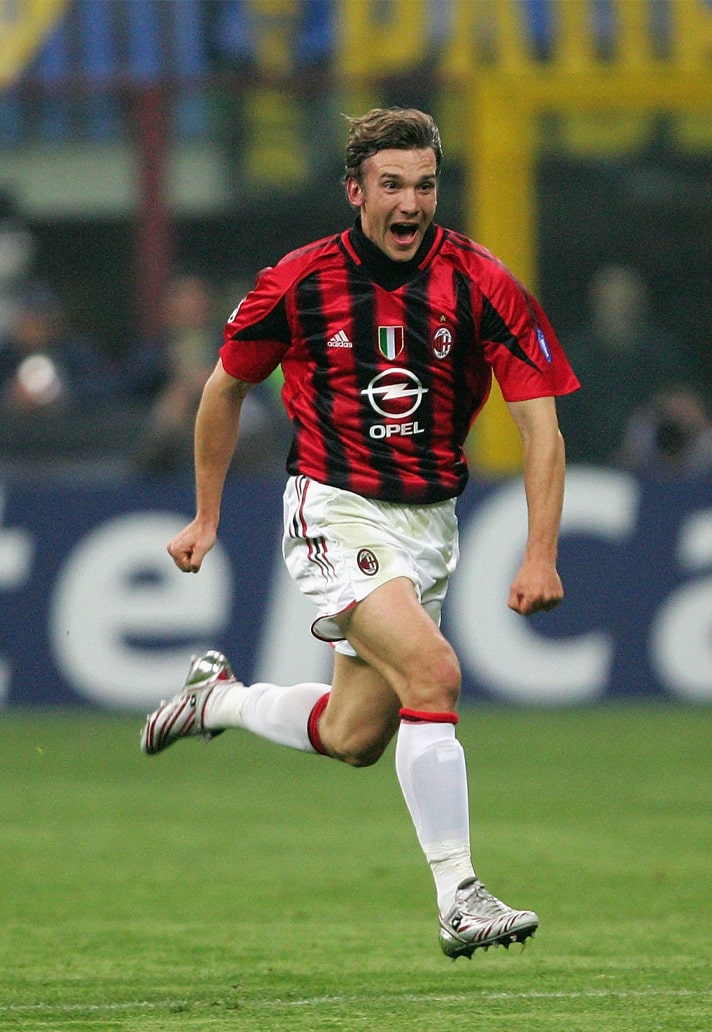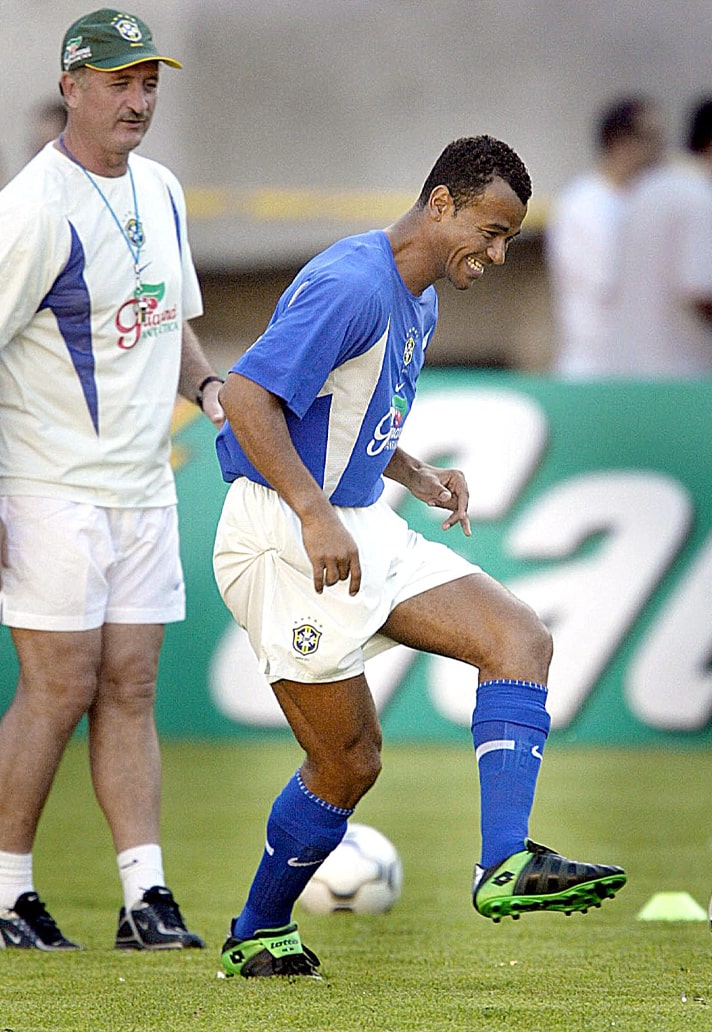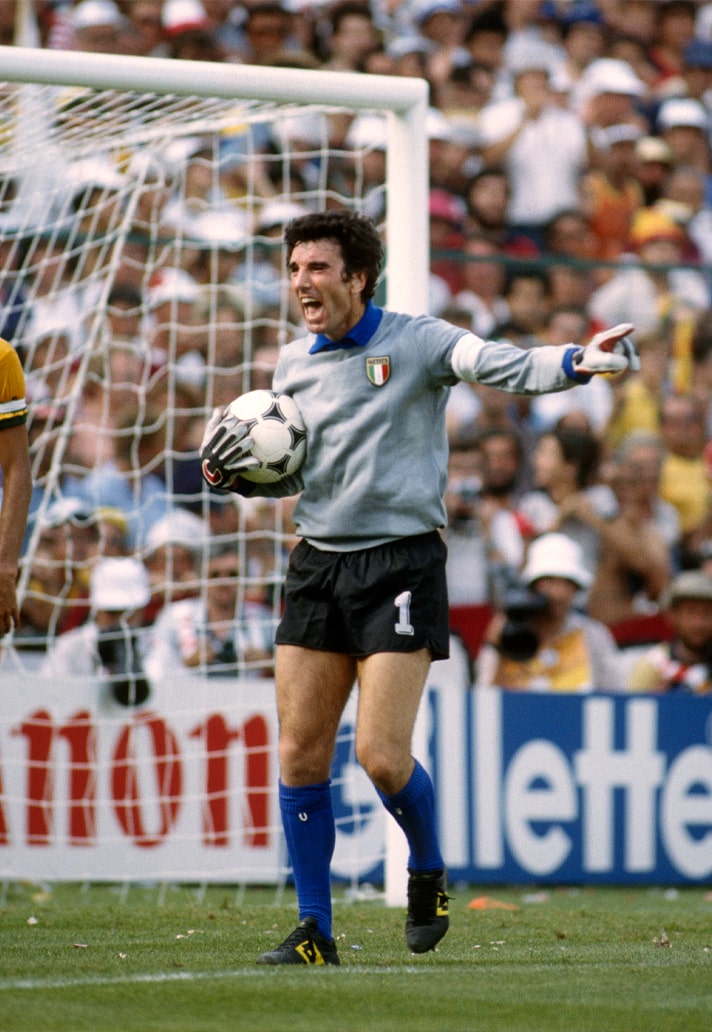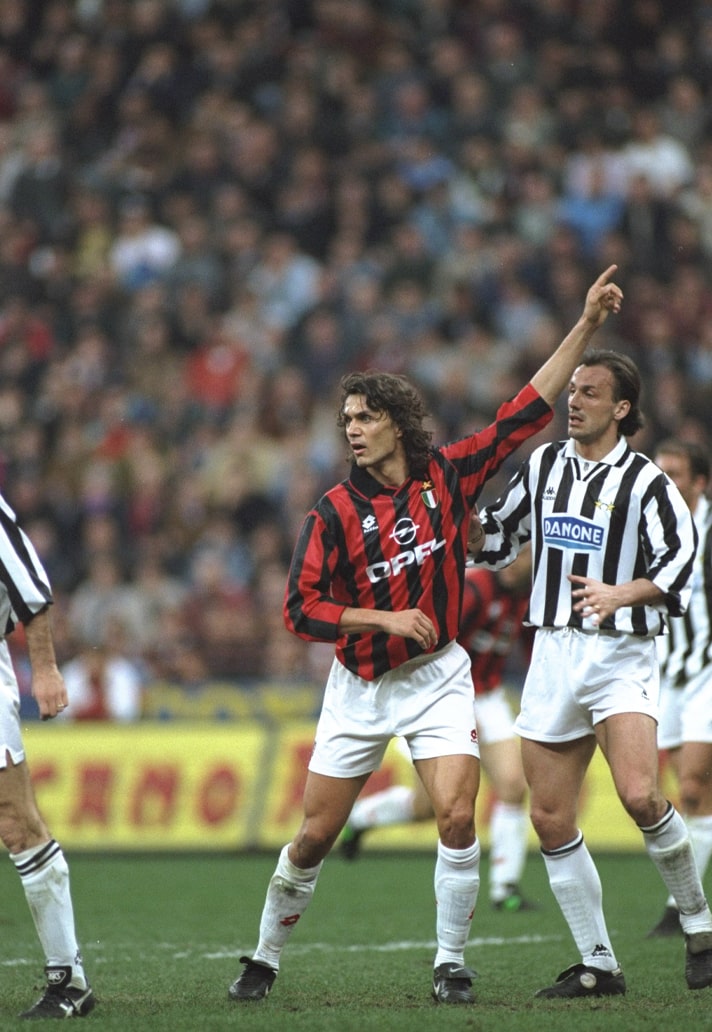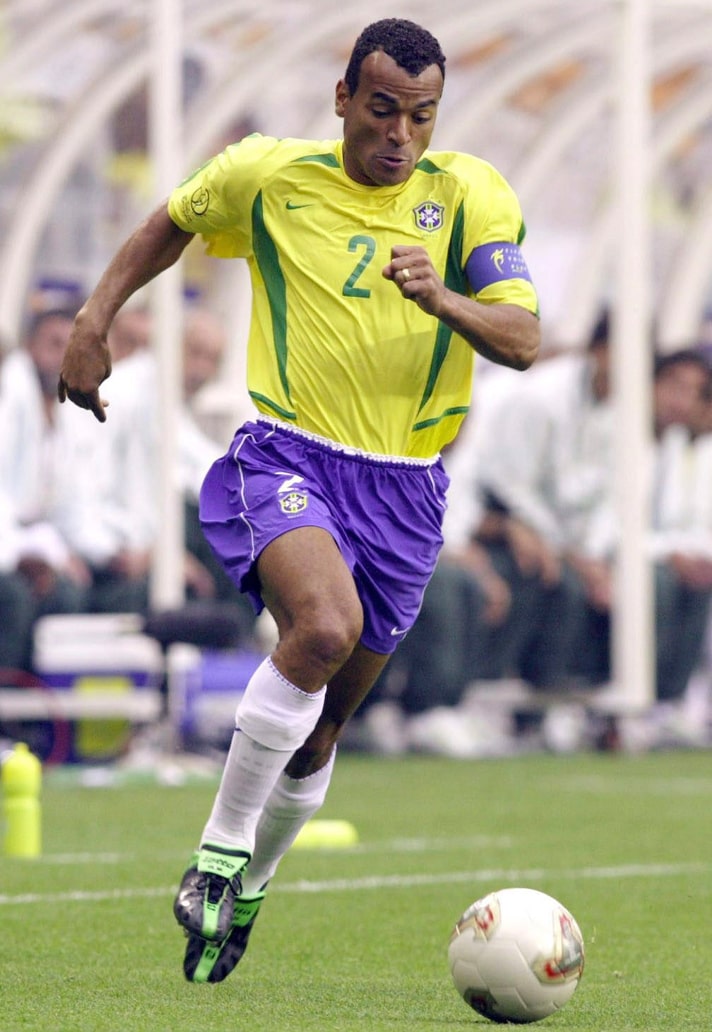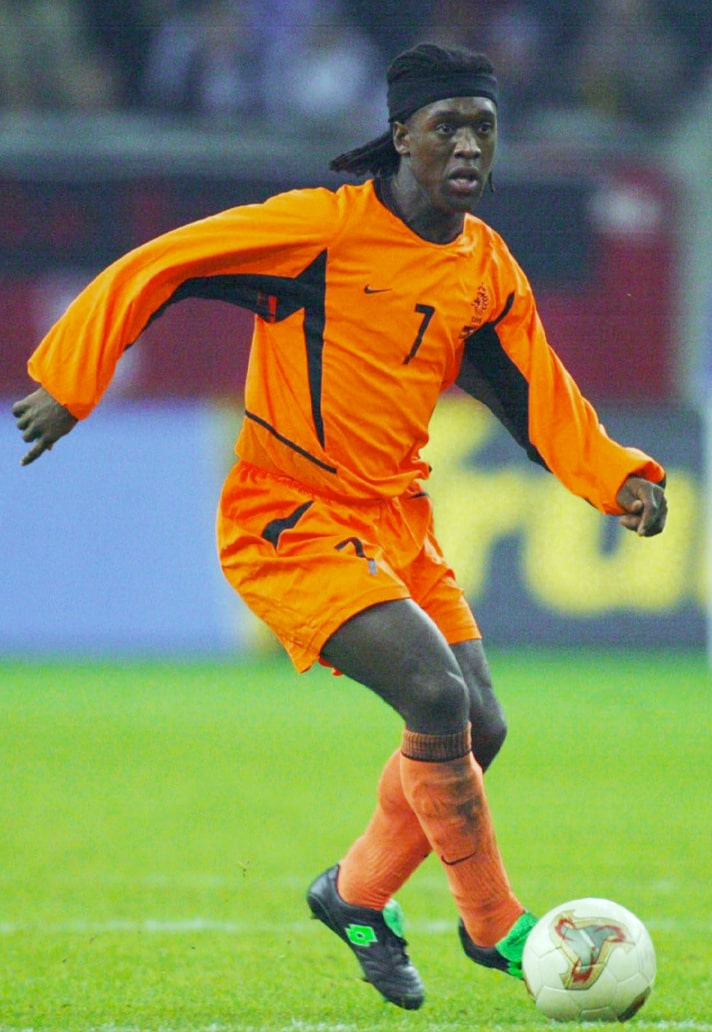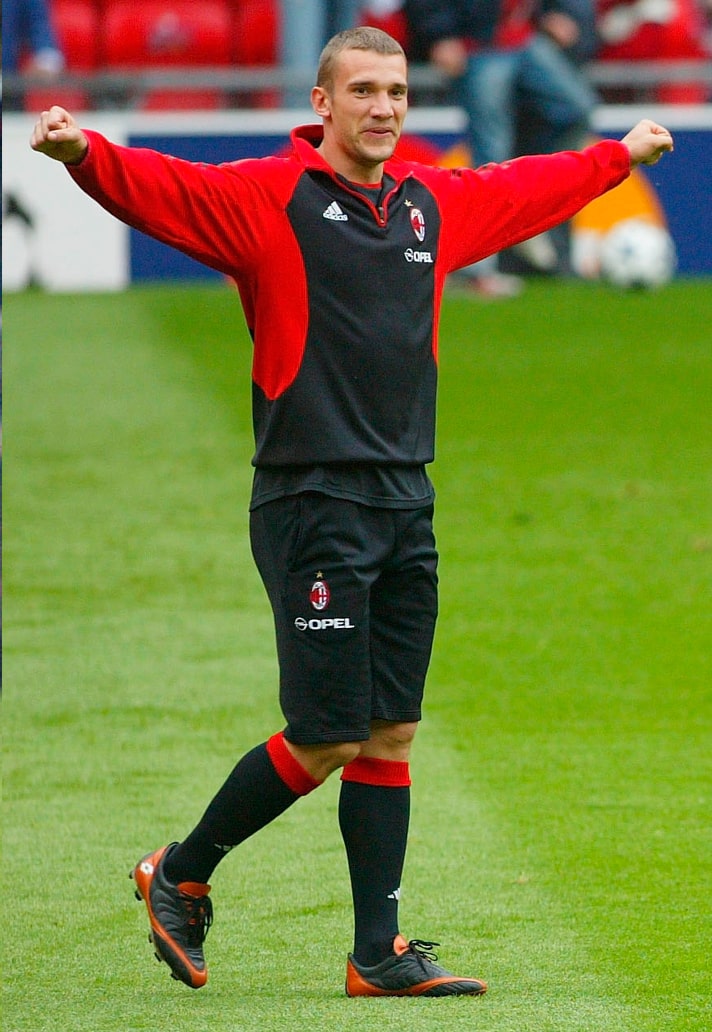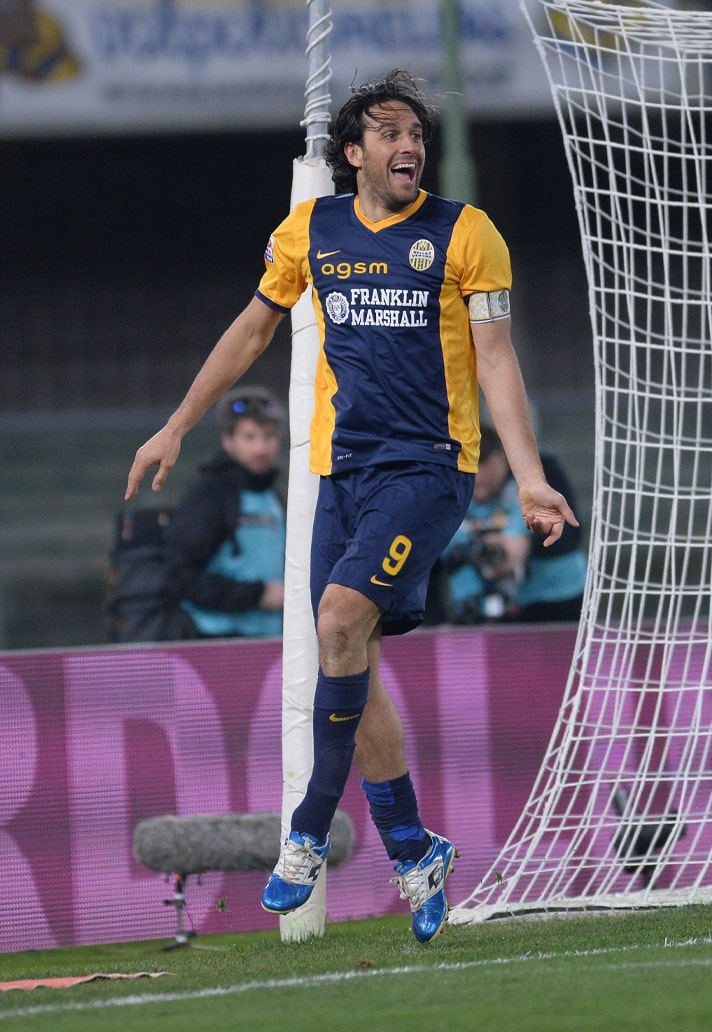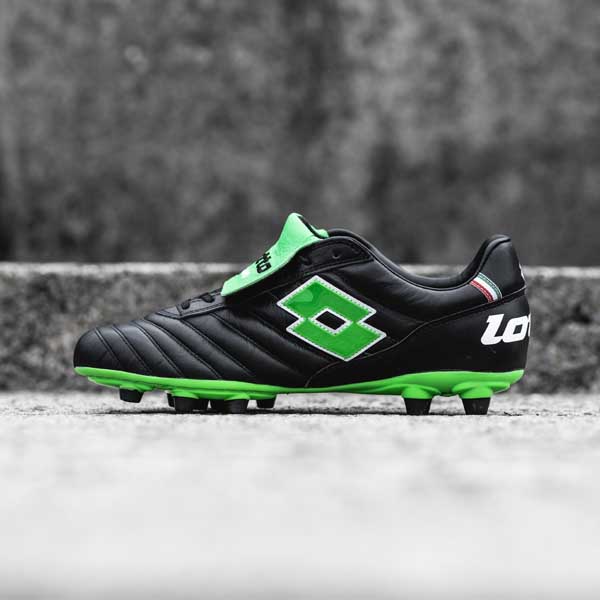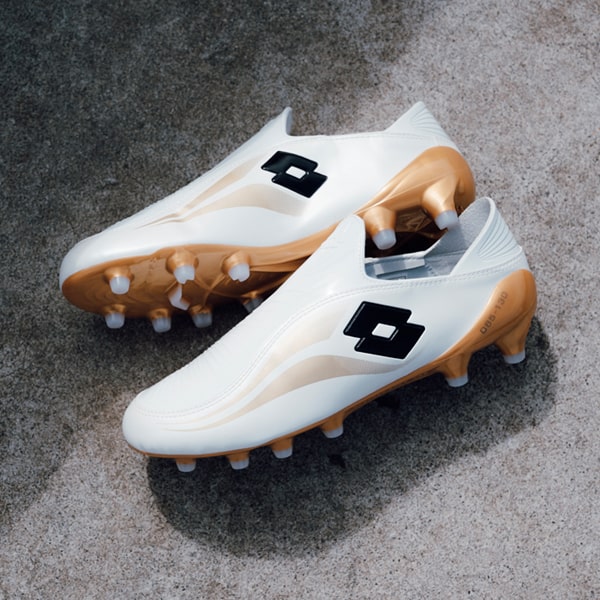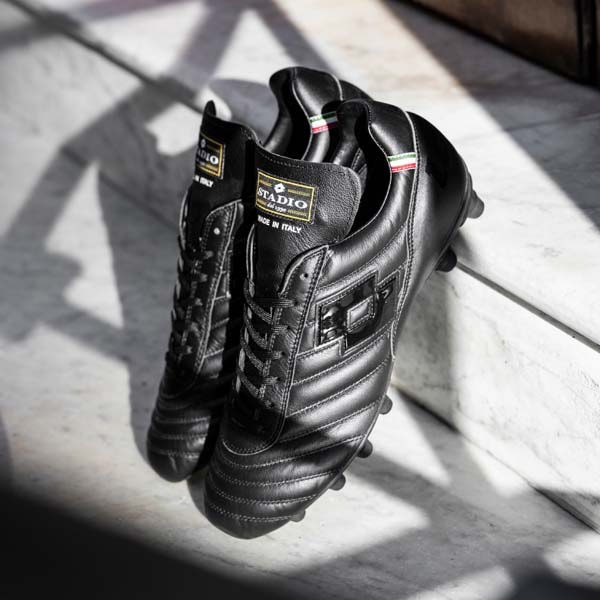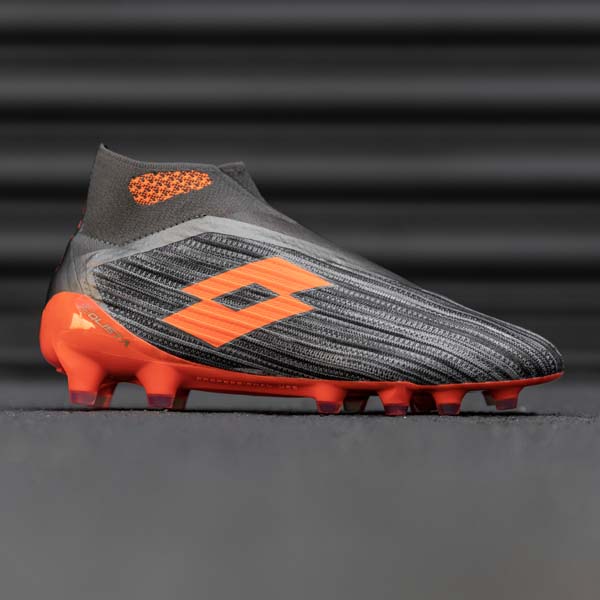Few brands in the world of sport can boast the same level of history and heritage as Lotto. The Italian brand rose to prominence as a force in football through the 80s and into the 90s, leaving an indelible mark on the game. Now, as the brand celebrates its 50th anniversary, we take a look back at that lasting legacy.
In 1973, Lotto Sport Italia was founded by the Caberlotto brothers in the footwear district of Montebelluna, a small town in the province of Treviso that has subsequently gained a reputation as the home of some of the finest football boot craft masters that the world has ever seen. You want class and quality, you get your boots from Montebelluna. The brand started its life producing footwear launches for tennis, finding great success when the likes of eight-time Wimbledon winner, John Newcombe, and Davis Cup Winner, Tonino Zugarelli opted to wear Lotto in front of the world. Tennis releases were followed by basketball, volleyball, track and field, and finally, football.
Incidentally, this combination of football and tennis is where the iconic logo comes from, it being a tennis field and a football field superimposed and connected by a passion for sports and values such as respect and fair play, which still reflect the nature of Lotto today. Now you know.
Back to the topic at hand though, and it was in the 1980s that Lotto tasted its first success in football with the World Cup triumph of Dino Zoff, star keeper and captain of the Italian team, who lifted the '82 trophy wearing the company’s distinctively branded boots – one of the first to feature colour in that fashion. But far from being their pinnacle in the game, this achievement was instead a platform from which Lotto would kick on.
Further success in other sporting disciplines, most notably athletics, saw Lotto’s reputation continue to grow. During this decade they also sponsored other high level athletes, including footballing icons such as Carlo Ancelotti and midfielder and captain of the 1988 Dutch national team, Ruud Gullitt.
The 90s is the period in which Lotto really began to leave its mark on the footballing world though. Kit deals with Fiorentina, Napoli, Atalanta, Parma and Torino meant that the brand held significant influence over the on-field aesthetic of Serie A during what was a golden era. The biggest highlight of this time was the partnership with AC Milan, which yielded both the Serie A and the Champions League titles.
Towards the end of the decade and on the international scene, Lotto were in focus once more as Croatia defied the odds to secure a third place finish at the 1998 World Cup, with talisman Davor Suker firing six goals to earn the Golden Boot. While the spotlight was firmly on a certain Brazilian and his fledgling relationship with American giants Nike at the 1998 tournament, it was Suker who flew under the radar in his Lotto Stadio Classics to claim the Golden Boot in France. The Croatian striker scored twice during the group stages, before scoring against Romania, Germany, France, and finally the Netherlands in the third-place playoff.
The new millennium did not see Lotto let up. Brazil captain Cafu, who had become one of the brand’s main advocates in the Stadio silo alongside other iconic names of the era, including Paul Gascoigne, Laurent Blanc, Gheorghe Hagi, and Clarence Seedorf, took to the podium in a pair of Lotto Ventos to lift the 2002 World Cup in Japan and South Korea – a landmark tournament, and a marker for Lotto.
This period also saw a new brand icon emerge, as Andriy Shevchenko really began to make his mark on the global game by showing his prowess at finding the net, leading the Serie A goal-scoring charts in his signature Sheva Elite boots. During the 2002/03 Champions League run, the Ukrainian wore the 'Sheva Elite' in various colorways: maroon and silver against Real Madrid in the group stage, red and white in the quarterfinals and semifinals against Ajax and Inter, black and orange against Juventus in the Final. Then, in January 2005, Lotto released the "Sheva Gold", a limited edition to celebrate the player’s 2004 FIFA Ballon d'Or win.
By 2006, Lotto was making history again when, on 9 June, 2006 Luca Toni, Simeone Perrotta and Mauro Camoranesi wore the Lotto Zero Evolution when Italy won the World Cup for the fourth time.
During the 2006 World Cup in Germany, Lotto also broke new ground when they officially launched the Lotto Zero Gravity, the world's first laceless football boot. With its sleek, groundbreaking design in that futuristic “white and gold” colourway, it was a mark of the brand’s forward-thinking, coming a decade before the next laceless boot would arrive, when adidas released the ACE 16+ PureControl.
The aforementioned Luca Toni was a loyal ambassador for the Italian brand, and in 2015, in the twilight of his career, he reaped the rewards of his professionalism as he became the oldest ever Capocannoniere in Serie A, bagging 22 goals for Hellas Verona at the age of 38. To celebrate this feat, Lotto released a special limited edition of his Stadio Potenza, with only 500 pairs produced.
While their influence at the top level of the game may have diminished in recent years, the brand has stayed relevant through some beautiful rereleases, and as they celebrate their 50th anniversary, their impact should never be under estimated.
Happy 50th, Lotto. Here's to 50 more...
